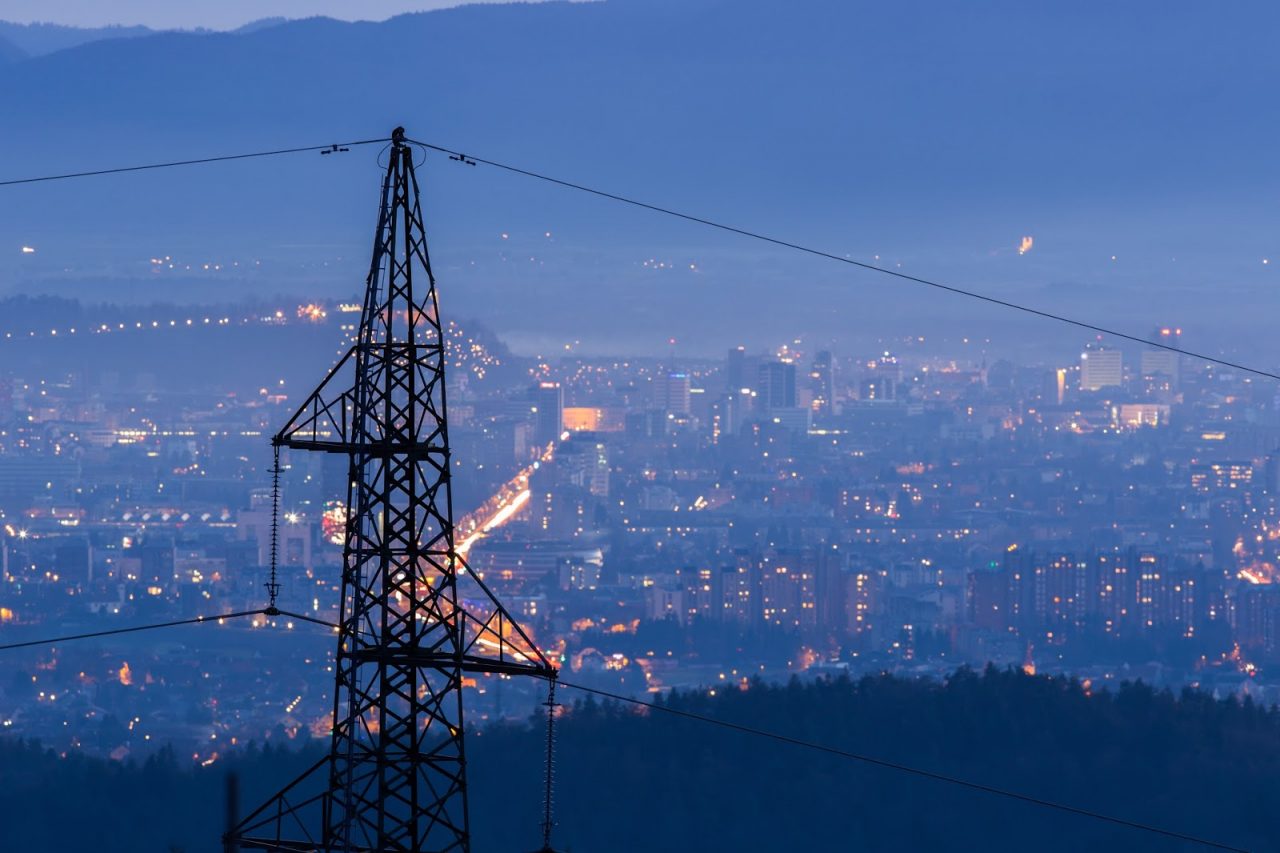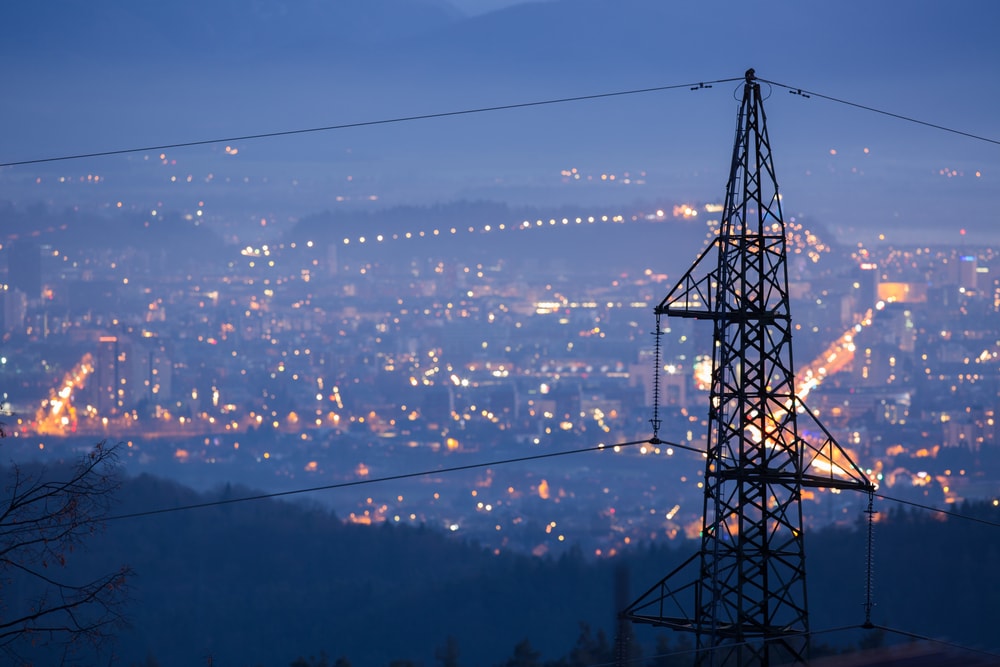
The problem is being magnified as the use of renewables grows worldwide. Traditional grids also weren’t designed to handle energy flowing in two directions, with hundreds or thousands of small generators like rooftop solar panels attached to the network. Such intermittency can cause the grid’s voltage and frequency to fluctuate and spike dangerously when power generation isn’t balanced with demand throughout the network. Our 100-year-old power system wasn’t intended to handle power generators that produce electricity only when the sun is shining or the wind is blowing. They rely on large, centralized generation plants to deliver electricity through transmission and distribution networks that feed into cities, towns, homes, schools, factories, stores, office buildings, and more. The power systems that most people are connected to were designed more than a century ago. In particular, it challenges the grid’s stability and resilience. The incentives for deploying renewables such as photovoltaics and wind turbines are compelling.īut adding more solar and wind power here, as elsewhere, brings its own problems. And as the country tries to shrink its carbon footprint, Horizon is working with its customers to decrease their reliance on nonrenewable energy. You can’t easily traverse all that territory with high-tension power lines and substations, so local power generation is key.

Actually, calling this a “wide area” is a serious understatement: Horizon’s territory covers some 2.3million square kilometers-about one and a half times the size of Alaska. Like other rural utilities around the world, Horizon faces an enormous challenge in providing reliable electricity to hundreds of small communities scattered across a wide area. The team has traveled more than 15,000 kilometers from our company headquarters in San Diego, and everyone is excited to help the people of Onslow and Western Australia’s electric utility Horizon Power.

We’re making sure that all of these distributed energy resources work as a balanced and coordinated system. My colleagues and I have been spending a lot of time on a project in Onslow, a remote coastal town of 850 in Western Australia, where a wealth of solar, wind power, and battery storage has come on line to complement the region’s traditional forms of power generation. A similar microgrid controller on Jeju Island in South Korea maximizes the use of wind power, despite its intermittency. It monitors grid conditions at the millisecond scale, allowing efficient use of a 1-megawatt solar farm and a 2-MW, 1.25-MWh battery storage facility. Photos: PXISE Energy Solutions SeongJoon Cho/Bloomberg/Getty Imagesīalancing Act: Electricity demand and generation near Onslow, in Western Australia, are continuously balanced thanks to a software-based microgrid controller.


 0 kommentar(er)
0 kommentar(er)
